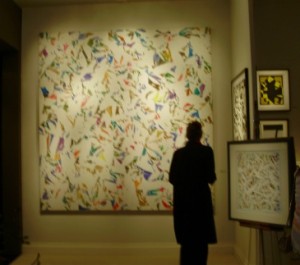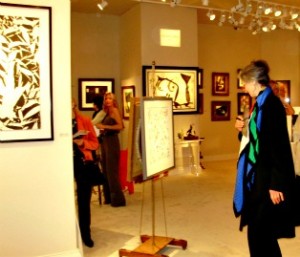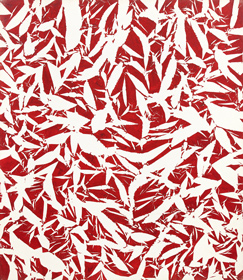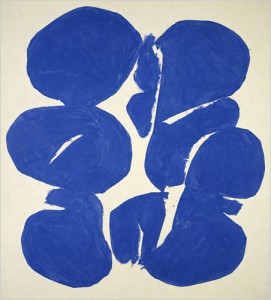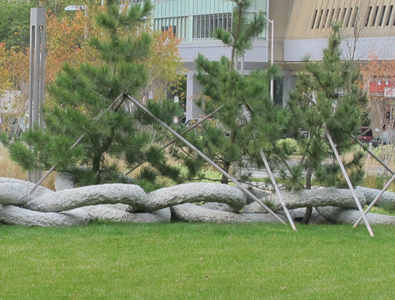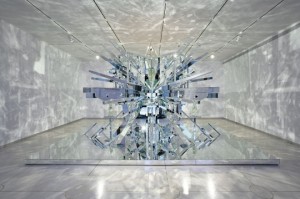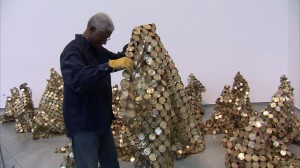As is often said, non-fiction is stranger than fiction: Sometimes you just can’t make things up as well as life does. That is certainly the case with a press release that DIDN’T land in my email box last week. Someone had to tip me off to it.
 The announcement was made by the Museum of Arts and Design, and it said that it had chosen four winners of its “FUN Fellowship,” which “was established in 2011 by the Museum of Arts and Design in recognition of the vital role nightlife practitioners play in the city’s creative community and artistic endeavors.”
The announcement was made by the Museum of Arts and Design, and it said that it had chosen four winners of its “FUN Fellowship,” which “was established in 2011 by the Museum of Arts and Design in recognition of the vital role nightlife practitioners play in the city’s creative community and artistic endeavors.”
The winners receive both financial and logistical support “to help them advance and realize their latest nightlife-related projects.” This year’s winners are Ladyfag, FCKNLZ, CHERYL, and Babycastles. The release continues: Â
The Fun Fellows were identified through a complex, competitive process. MAD invited 100 individuals from the art and nightlife communities to each nominate a candidate. From this group, 35 individuals and collaboratives were selected as semi-finalists by a collection of their peers, and the winners were chosen by a jury comprised of curators, nightlife luminaries, critics, and previous Fun Fellows. “We wanted to make sure we’re not trying to force nightlife practitioners into the fine arts sector, but rather expanding the sector to better accommodate the practice,†said Jake Yunza, MAD’s Manager of Public Programs and founder of the THE FUN fellowship.
The “fine arts sector”? And why would MAD think New York City’s nightlife needs such support? Check that press release link for the nature of these subsidized projects, which involve dance-induced euphoria, private “Dayclub” events not open to the public, video game hacking workshops, and theatrical restagings of club-kid talk show appearances.  Â
It’s easy to poke fun at this, but there’s a serious nature to this post. When it comes to gathering public support for arts institutions — meager as it is — these kinds of programs work against the whole arts community. No one is against fun; but people are not eager to subsidize it in such difficult times.
The Museum of Arts and Design’s URL is “madmuseum.org.” In this particular case, it is mad.Â
BTW, I emailed MAD’s press office earlier today asking for the size of the monetary support, the source of the money and the nature of the logisitical support. If and when IÂ receive an answer, I’ll update this post.
Ladyfag, btw, is pictured.


